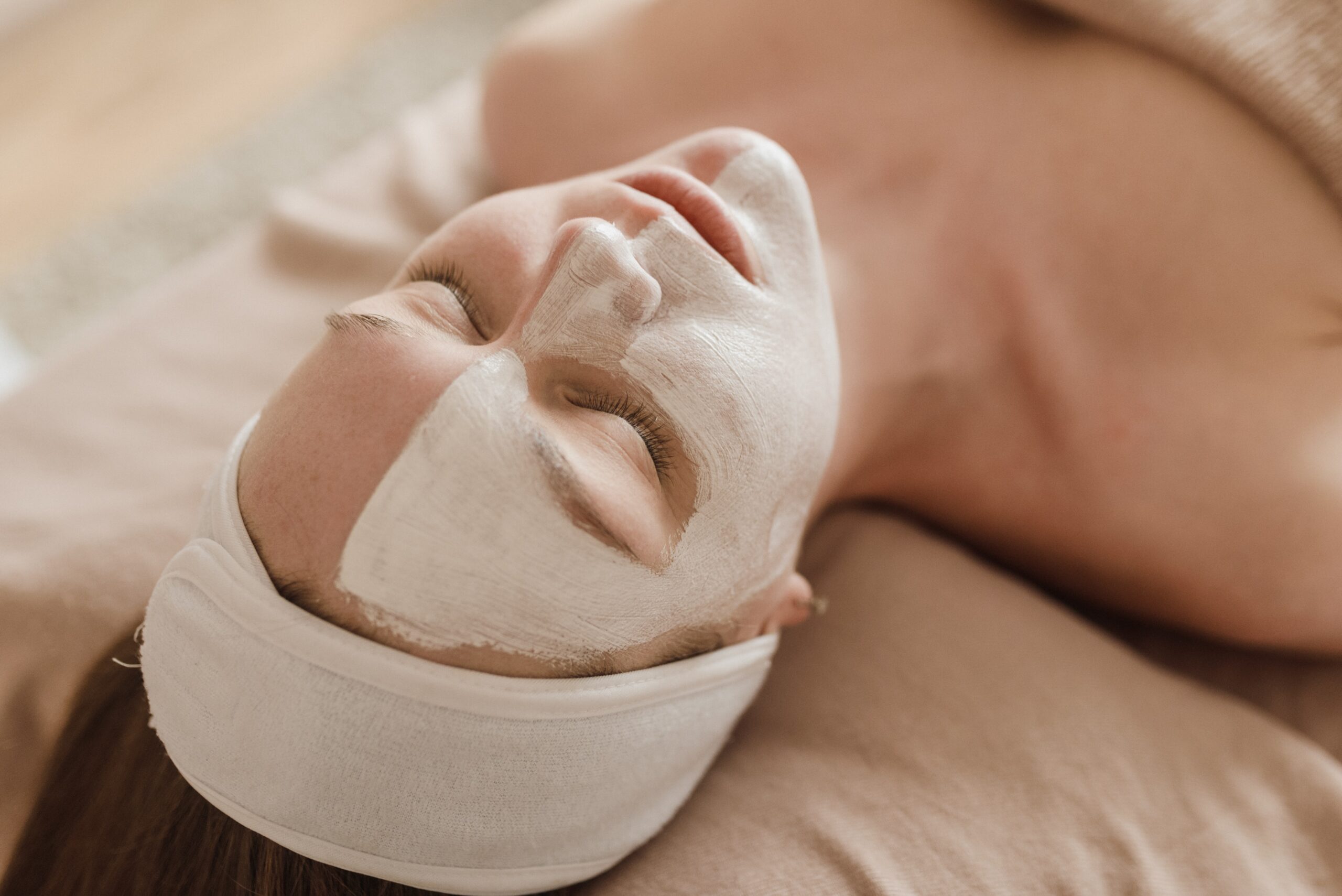
Chemical peels are fantastic spa treatments for addressing certain issues with your complexion. Whether you’re dealing with acne, clogged pores, wrinkles, uneven skin tone or dull, tired-looking skin, chemical peels can help.
[Related: How To Take Care of Your Skin Post-Facial]
How Do Chemical Peels Work?
Your aesthetician will apply a chemical mixture to your face. The mixture will then either neutralize on its own or with the help of a neutralizing agent after a set amount of time. Over the next few days, the dirty, damaged outer layer of skin will painlessly begin to peel, revealing a fresh new layer of skin.
Some common types of chemical neutralizing peels include the following:
- Glycolic acid
- Salicylic acid
- Lactic acid
- Phytic acid
- Retinoic acid
- Trichloroacetic acid (TCA)
Common Side Effects of Chemical Peels
While chemical peels shouldn’t cause you pain, you should anticipate some common side effects after your treatment. You’ll experience redness, tightness and slight irritation in the days following your chemical peel appointment.
Some patients even experience light swelling, depending on the intensity of the peel. Your skin will also be extremely sensitive to the sun for a week or so following your treatment.
Although chemical peels are an excellent way to rejuvenate your skin and achieve a younger-looking complexion, it’s important to know best aftercare practices.
These do’s and don’ts will help your skin heal properly — and help you see the results you expect.
[Related: The Benefits of Microdermabrasion for Aging Skin]
Do Moisturize and Hydrate
Your skin will experience extra dryness after a chemical peel, so you need to focus on hydration. Moisturizers can help improve your skin’s natural protective barrier and ease irritation. You can also use a gentle hydrating mist throughout the day when your skin feels extra dry and tight.
Recommended products:
Do Use Sunscreen
After a chemical peel, you want to avoid sitting in direct sunlight. Your skin is newly resurfaced, and it’s far more sensitive to UV rays than usual. Sunscreen should always be part of your everyday skin care routine, but it’s a must after your chemical peel.
Recommended products:
Do Wash Your Face With Cool Water
To calm irritation and soothe post-peel skin, be sure to wash with cool or lukewarm water. Hot water can bother sensitive skin for several days after your chemical peel treatment.
Do Cleanse Gently
Opt for skin care products that won’t irritate or dry out your post-treatment skin. Gentle cleansers will ensure your skin stays clean, soothed and protected.
Recommended products:
Don’t Over-Exfoliate
Chemical peels are basically an intense exfoliation treatment, so you need to let your skin rest and heal after your appointment. Avoid using exfoliation tools and products that contain harsh ingredients so that you don’t irritate your skin further.
[Related: Post-Microdermabrasion Care & Products]
Do Listen to Your Aesthetician
Perhaps the most important aftercare step to take once you’ve received a chemical peel is to listen to your aesthetician. They’re familiar with your skin, so they can give you customized treatment plans and recommend the best personalized products.
Don’t Schedule Other Cosmetic Treatments
Avoid scheduling additional facial cosmetic treatments — like laser hair removal and waxes — soon after your chemical peel. You’ll want to give your skin time to heal and recover before introducing other harsh cosmetic treatments that can cause damage.
[Related: Spa Services]
Contact Athre Med Spa Today!
If you’re interested in finding out more about chemical peels or other facial rejuvenation treatments, or if you’d like to check out our other medical-grade skin care products, contact Athré Facial Plastics today to set up a consultation!
Featured image via Pexels
